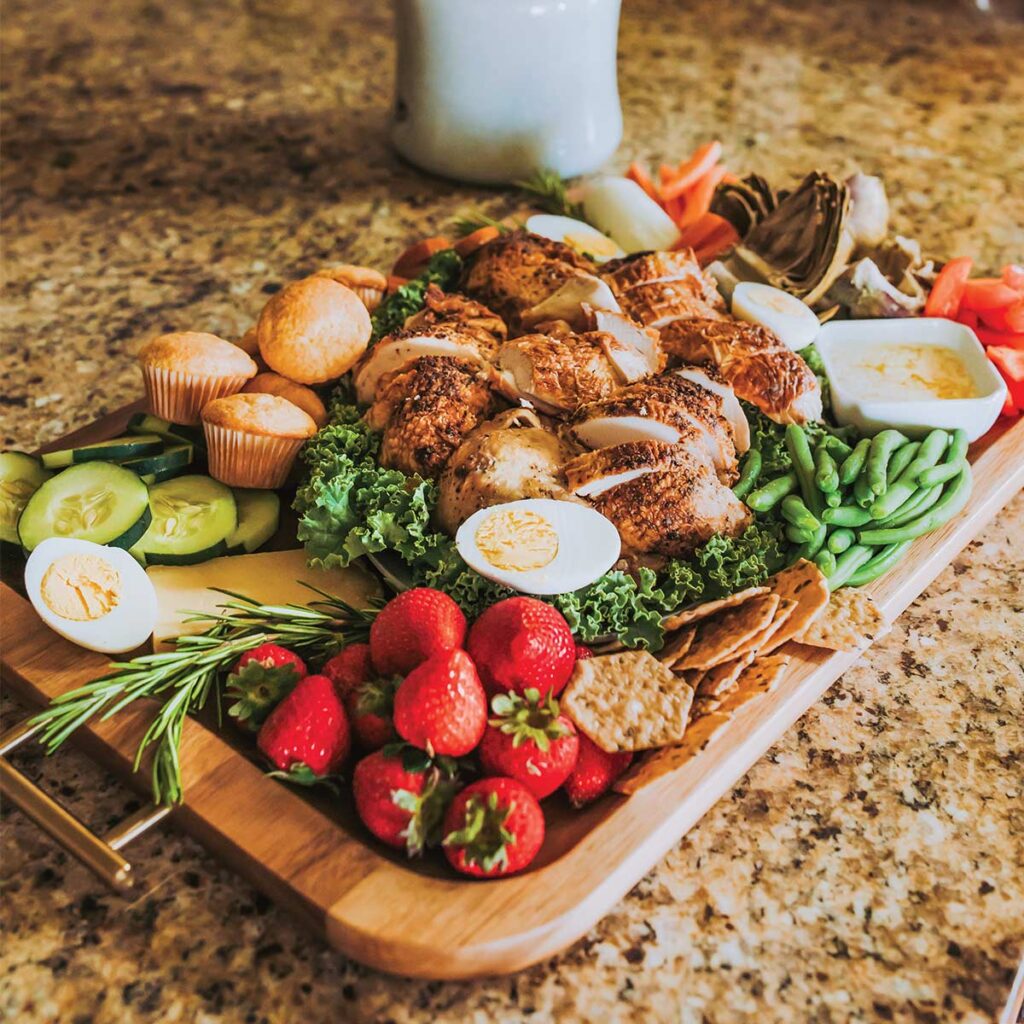Learn More About This Misunderstood Mineral
Whether subconsciously or not, you’ve probably made a food choice in the past based on sodium content (for example, purchasing low-sodium soy sauce over the regular variety). Health professionals warn about the dangers of sodium, and for good reason – consuming it in excess can raise blood pressure, which may lead to an increased risk of heart attack and stroke. Yet sodium is an essential nutrient that helps control your body’s fluid balance as well as promotes proper muscle contraction and nerve function. Not getting enough sodium, called hyponatremia, is actually a dangerous condition that can cause muscle cramps, nausea, dizziness, and even death.
So, does sodium deserve the bad rap? How much sodium do you really need? Here, we’re answering the most pressing questions concerning this misunderstood mineral.
Q: Are sodium and salt the same thing?
A: Although many people use the words “sodium” and “salt” interchangeably, they aren’t one and the same. Sodium is a dietary mineral, while the salt found in your salt shaker, also known as sodium chloride, is a chemical compound made of 60% chloride and 40% sodium. One teaspoon of table salt contains 2,300 mg of sodium.

Q: How much sodium should I be getting a day?
A: As previously mentioned, the human body does require a small amount of sodium, and since your body can’t produce its own, you have to meet that need with the food you eat. However, it’s all too easy to consume too much sodium – on average, Americans consume around 3,400 mg of sodium per day, even though the recommended amount is 2,300 mg, according to the U.S. Food & Drug Administration. The American Heart Association recommends consuming closer to 1,500 mg of sodium per day, especially for adults with high blood pressure.
Q: What foods should I avoid if I’m watching my sodium intake?
A: Sodium occurs naturally in some foods, although the majority of sodium in the American diet is added during manufacturing. And while French fries and tortilla chips may seem like obvious sources of excess sodium, high-sodium foods do not always taste salty. According to the Centers for Disease Control and Prevention, Americans consume approximately 40% of the sodium in their diets from the following foods:
- Breads and rolls
- Pizza
- Sandwiches
- Cold cuts and cured meats
- Soups
- Burritos and tacos
- Savory snacks (chips, pretzels, etc.)
- Chicken
- Cheese
- Eggs and omelets
Just think: A typical lunch of turkey and cheese sandwich with a side of chips could contain over half of your 2,300 mg daily limit – and that’s before you add in breakfast, dinner, and snacks!
While the foods on this list certainly shouldn’t be avoided entirely (chicken and eggs are excellent sources of protein, after all), to keep sodium in check, you may want to watch your portion sizes and incorporate plenty of lower-sodium foods, such as fruits and vegetables, into the mix.
Q: How else can I reduce my sodium consumption?
A: If you’re concerned about your sodium intake, making a few small changes can go a long way in helping you cut back. First and foremost, read the nutrition labels on products when shopping at the grocery store. Sodium content is listed on every label, as is the % Daily Value (DV). As a general rule, 5% DV (or less) of sodium is considered low, and more than 20% DV per serving is on the higher end of the spectrum. Remember that for sodium, 100% DV equates to 2,300 mg a day.
Additionally, restaurant meals and packaged foods are often loaded with sodium, so the more meals you can prepare from scratch at home, the better. Try experimenting with different seasonings and herbs to add flavor to your food instead of relying solely on your salt shaker. Condiments, including ketchup and bottled salad dressing, are also sneaky sources of sodium, so use them sparingly. Finally, when selecting snacks, opt for low-sodium or no-salt-added products when possible.
For most of us, there’s no need to sweat a little salt. However, it’s always a good idea to be aware of how much sodium you’re consuming – just take a look at those labels!




